Different types of buildings require different forms and needs of cleaning requirements. It primarily boils down to the client and what kind of establishment it is. For example, hospitals and intensive care units will require the cleanliness to be near sterile whilst offices and workshops range from general to basic levels of cleanliness.
Below we have listed some of the most important rules to follow when cleaning for a customer:
Standards
- Correct selection of cleaning equipment and tools.
- Correct selection of the method needed.
- Ensure that the cleaning is done during the right time of day (little to no people around)
- Ensure that everything is routinely checked.
Customer Requirements
Customers should always have a clear indication of what they need doing and what is happening. This should happen before any cleaning can take place.
Traffic Levels
The amount of people using the building will determine the amount of soil and dirt that increases the floors wear and tear. Knowing this will help provide a detailed plan on what kind of floor management needs to take place.
Layout of the Building
This is a major factor when it comes to cleaning buildings, for example; if the building can no lifts but instead has narrow staircases, then it might require you to provide specialist equipment and can cost more.
Routine
This goes for rooms that need to be cleaned on a daily and routinely basis such as bathrooms, washrooms and kitchens which should be checked and cleaned numerous times throughout the day to maintain a high level of cleanliness.
- Clean from top to bottom so that lower levels remain untouched whilst you clean the higher levels, for example, splashed with dirty water.
- Cleaning should be planned beforehand.
- Cleaners should avoid walking on newly cleaned areas.
- Clean the cleaner areas first to avoid transference of dirtier areas like soil and dirt.
